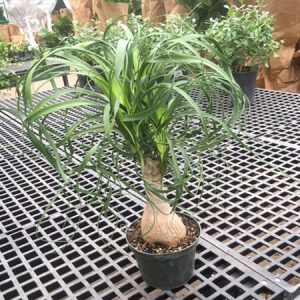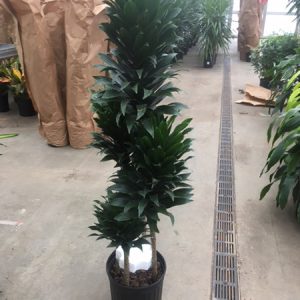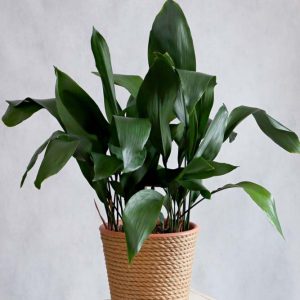Description
Illicum –
There are about 40 species of aromatic, evergreen shrubs and small tree , in this genus. They occur in woodland in India, Eastern Asia, and Southeastern USA, and the West Indies. They are grown for their thick, glossy leaves, held alternately or in near-whorls, and their unusually fragrant, Magnolia like, cream to reddish purple flowers, which composed of numerous tepals and their woody, 8 pointed, star shaped fruits. Grow in a woodland garden or shrub border.
Grow in moist but well drained, humus rich, acidic soil, in full to partial shade but will with stand full sun. Shelter from cold, drying winds.
Prone to bacterial spot, anthracnose, stem canker, root tots, and crown rots.
I. anisatum – I. religiosum – Chinese Anise – False Anise – Japanese Anise Tree – This slow growing, conical, evergreen shrub or small tree from China, Japan and Taiwan grows 20-25′ feet tall and 20′ feet wide. It is notable for its aromatic bark. It produces oval to lance shaped, blunt tipped, glossy dark green leaves, to 5″ long. In mid spring it bears many petaled star shaped, fragrant, yellow-green later creamy white flowers, to 1″ across, followed by poisonous fruit. There are also variegated forms available. Popular with Buddhists for decoration of cemeteries and temples.
Zones 7-9





